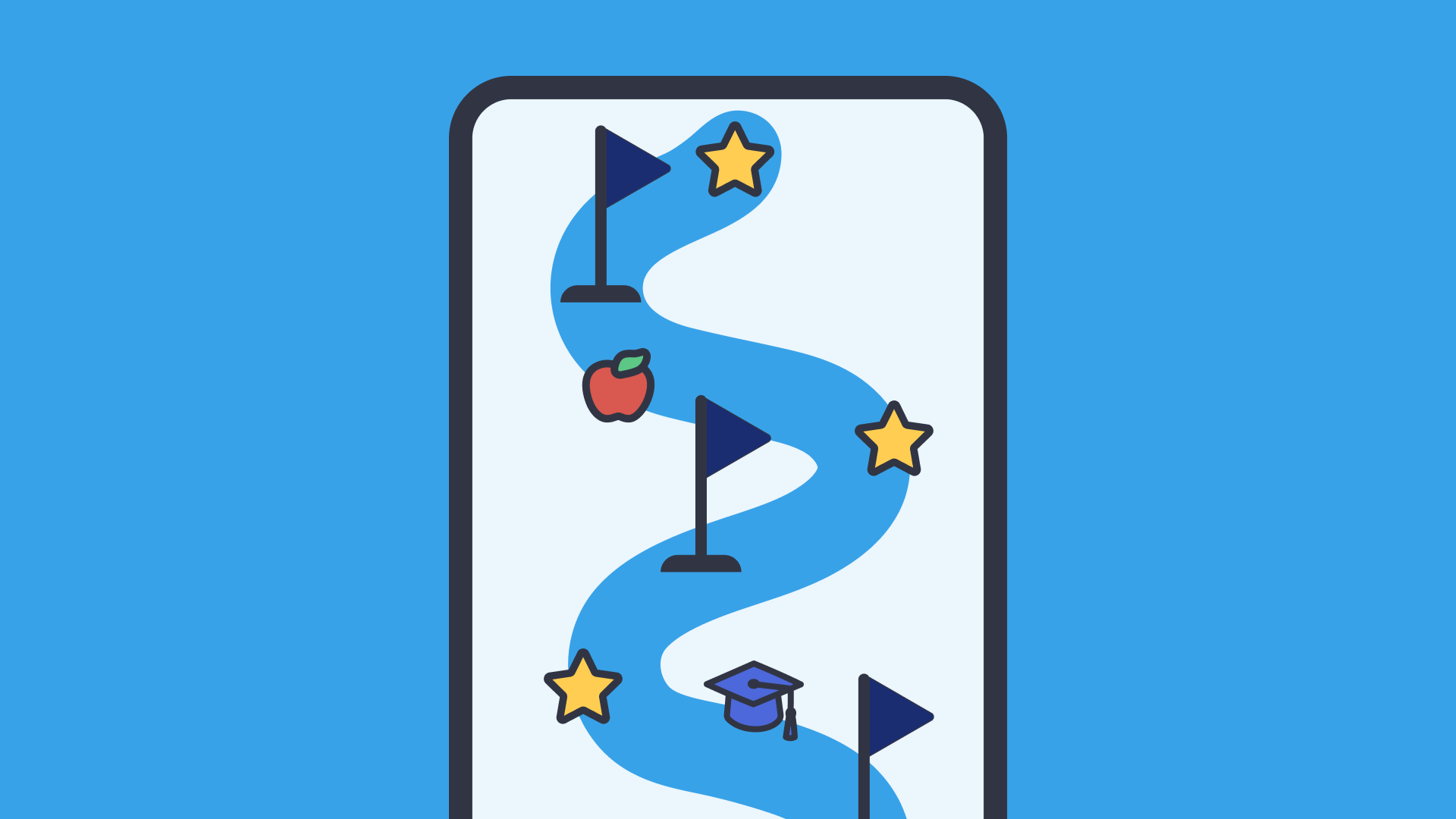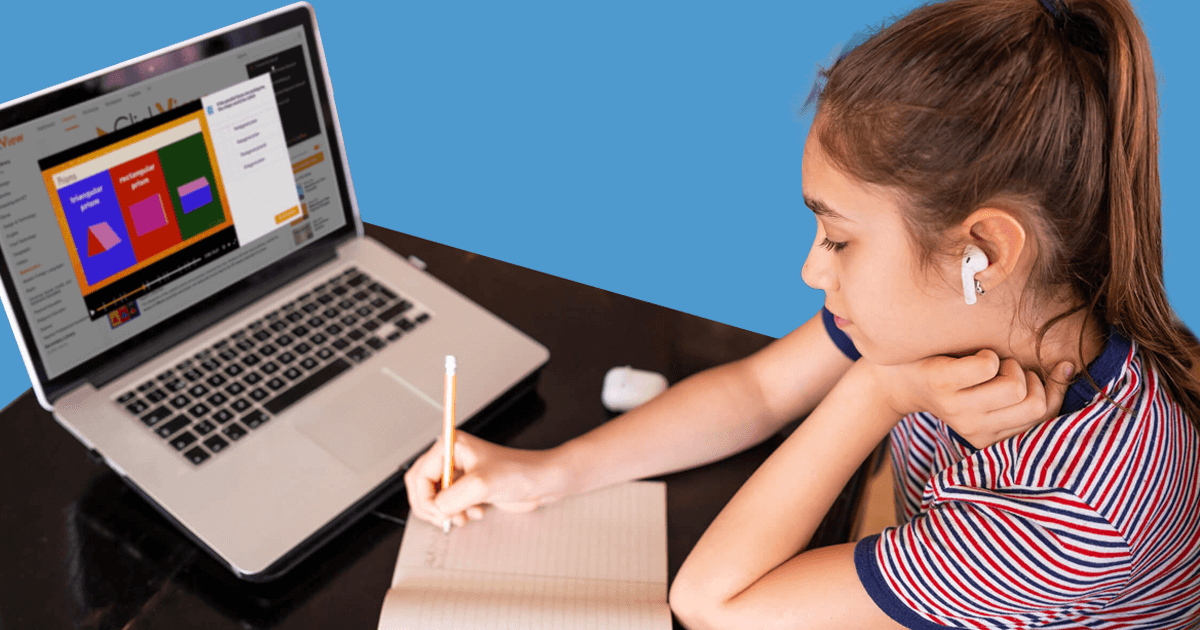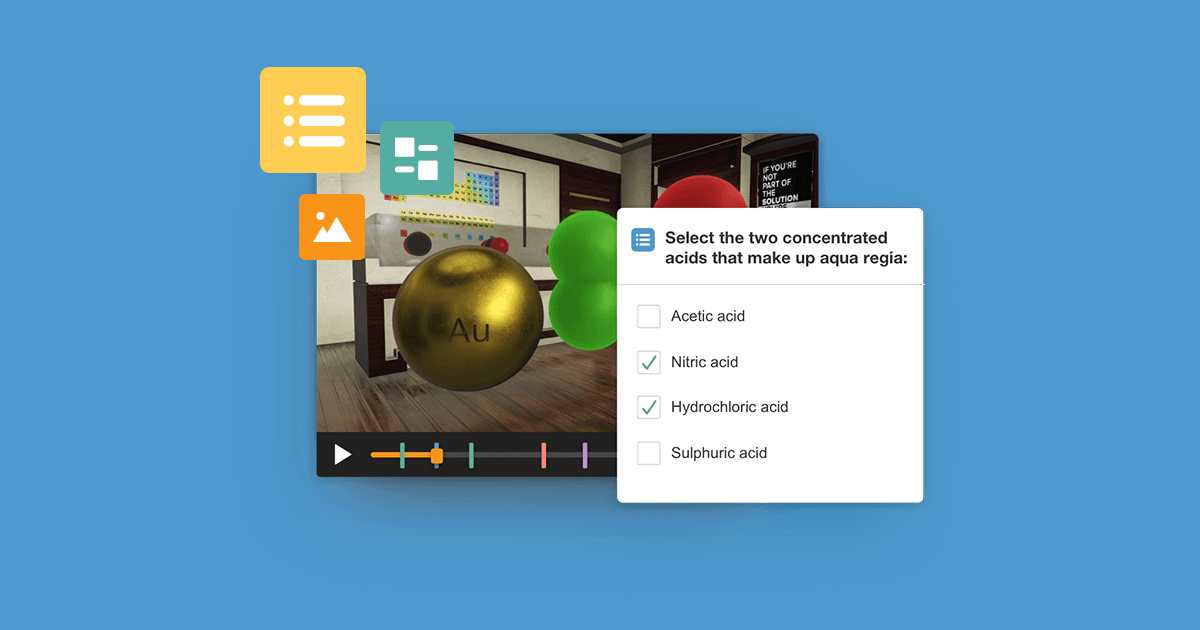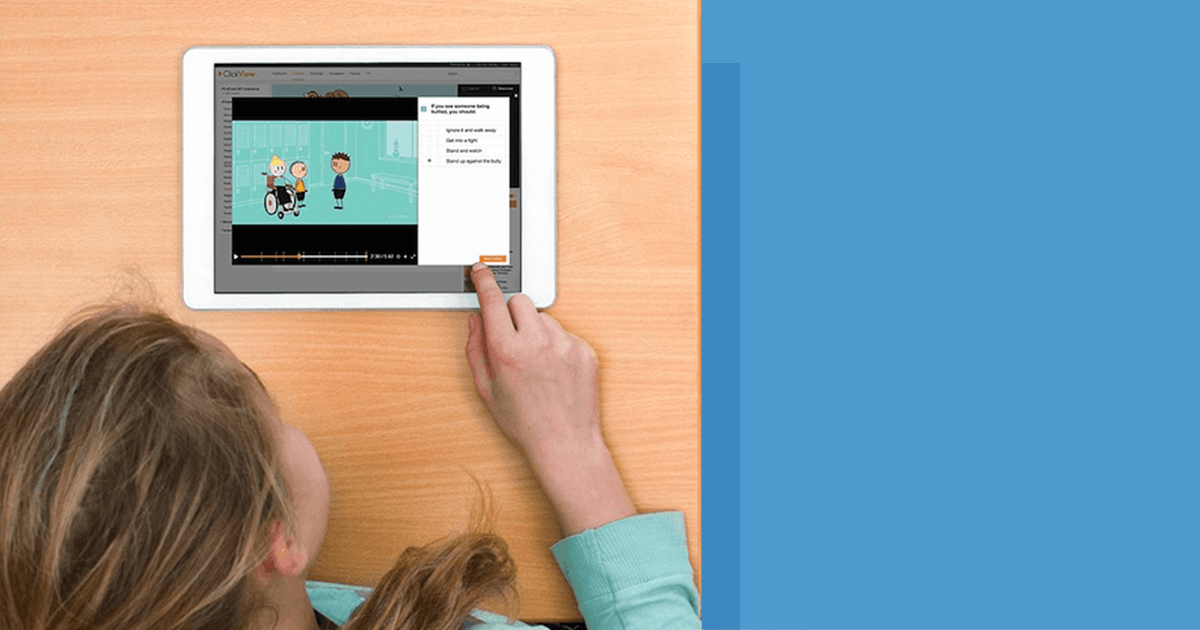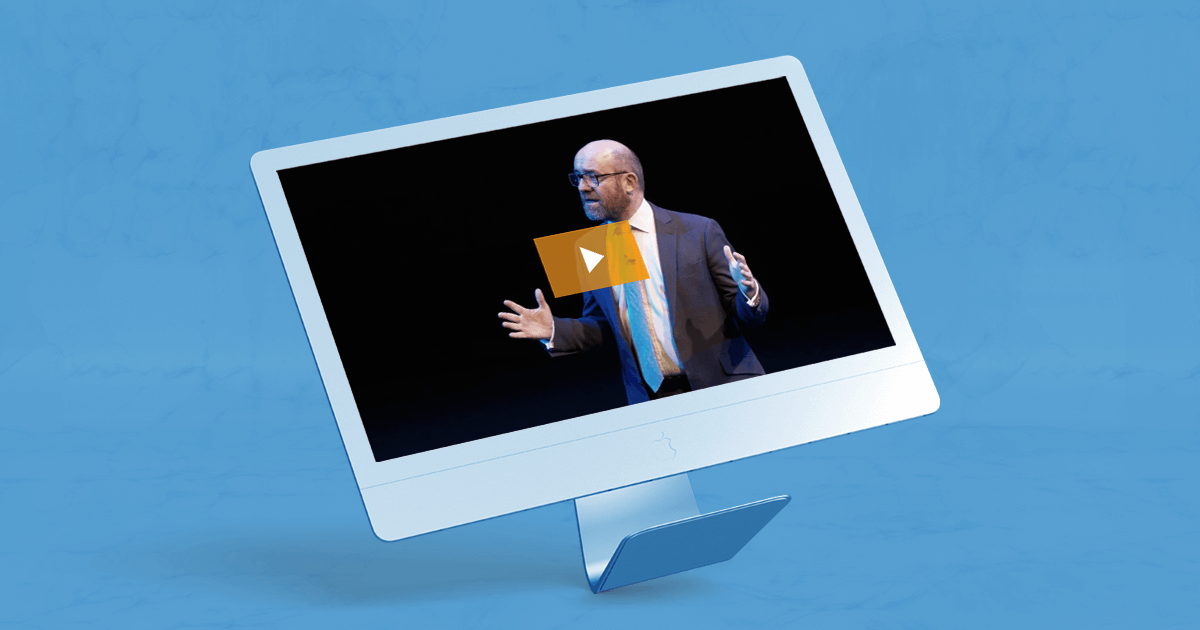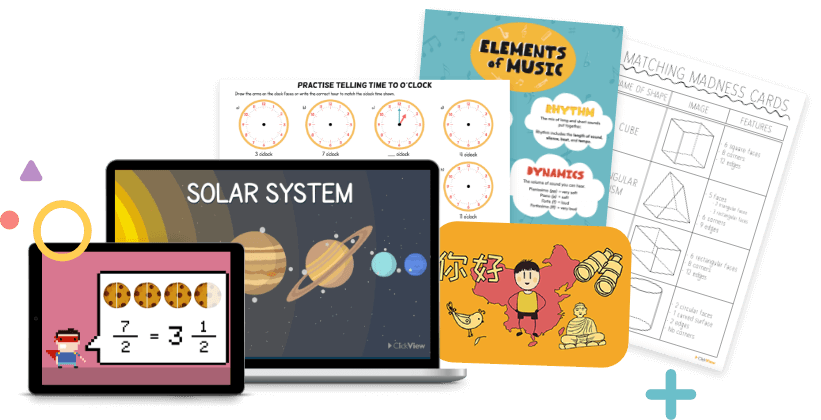Exploring new ideas for learning and teaching
There are so many different kinds of teaching ideas available, yet it’s easy to get stuck in a rut and do the things you know. Taking time to embrace creativity in the classroom can be difficult while juggling the academic requirements of the curriculum, classroom management and other demands on teachers. However, exploring new ideas for teaching and learning can help create a more motivating and stimulating classroom environment for both you and your students. Start by setting aside a few minutes a day for free thinking and inspiration gathering. Brainstorming alone or with colleagues can also be a great way of exploring some new ideas.
Latest Teaching Ideas posts
Mental health activities for the classroom
Using mental health activities in the classroom is a great way to encourage calm among your students. Staff and student well-being should be encouraged, just as much as academic progress and achievement. As part of your classroom activities, you could encourage your students to keep journals. These could include a combination of reflective writing and goal setting or planning. When your students feel they’re achieving positive things, they will feel motivated about their progress. Another way to promote calm is through the science-backed method of meditation. Meditation-style activities can be as simple as grounding students in their breath or encouraging them to focus on each of their five senses.

Equality and diversity teaching activities
Children need to be prepared for life beyond school. This includes learning to embrace living and working in a diverse community. Diversity in the classroom builds better thinkers, by challenging students to listen and appreciate different perspectives on various issues. It’s your role as a teacher to represent a wide variety of voices in the curriculum, to ensure students see themselves represented in content, materials and resources. This includes factoring in diverse learning needs to your planning. Some suggestions for making sure the classroom stays accessible and equitable are by using adaptive technologies, implementing a wide range of teaching strategies and ensuring all students have an opportunity to participate and be heard.FAQs
What are the best class activities for substitute teachers?
You may turn up to a classroom without a lesson plan ready to go, so it’s useful to have some activities and ideas up your sleeve. While it’s great to relate any work to a particular subject if you can, it’s important to keep students occupied and focused. There are countless skills a group of students can develop through playing various games. These include critical thinking, creativity, teamwork, listening and speaking. You can use pre-prepared trivia questions and set the class up into teams. Have them take turns answering questions while you – or another student – keep score. Rebus puzzles are fun and challenging visual word puzzles that tend to keep students busy in teams or individually. Pictionary without the cards also works if you have a whiteboard or blackboard at your disposal. Split the class into two teams, taking turns to guess what teammates are drawing on the board.
How can I use games in the classroom?
Games have a valuable role when it comes to teaching and learning in the classroom. However, the game design and inclusion in the lesson must be crafted with deliberate thought to make sure students remain engaged and motivated in learning. Games can develop skills in a range of areas, such as reading, writing, listening or speaking, problem-solving and working with others. Games should link back to curriculum content and can be used to review and informally assess key concepts and ideas. For the game to be an effective whole-class activity, make sure the games you use in your classes involve all students in some way.
What should I consider when planning games as classroom activities?
Students can become more engaged in their learning through games in the classroom. Playing games is also an opportunity to reinforce content and generate a positive classroom atmosphere. By incorporating strategy into your classroom games, you require students to play smarter each time, rather than going through the motions. Even better, allow students to design an entire game from scratch before they play.
How can I use games for teaching Maths?
Maths games in the classroom should always be coupled with reflection to maximise the learning opportunity. This reflection should consider the mathematics involved in the game, any challenges faced and the strategies involved. Some reflective questions that could be answered verbally or in written form could include:
- Cognitive: Can you connect the maths in this game to something you already know?
- Affective: What were the fun bits in your learning when you played the game?
- Operative: What were your strengths when playing this game?
